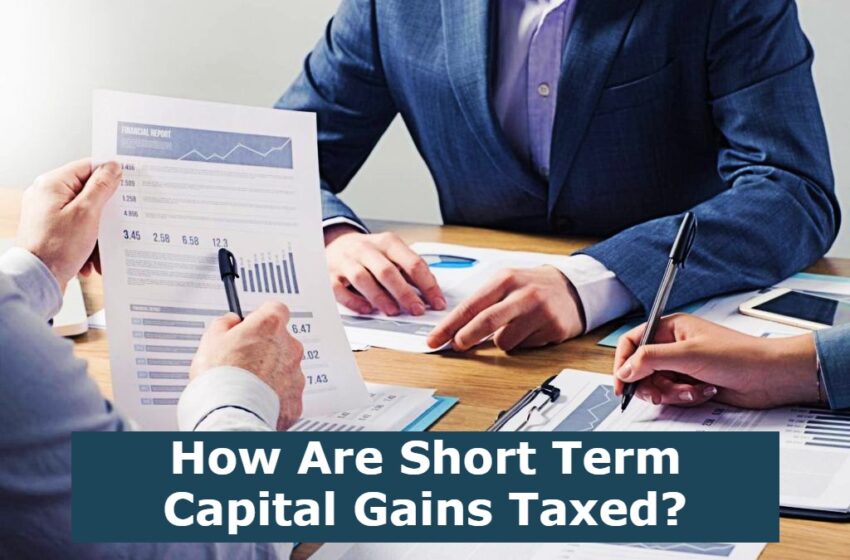
How Are Short Term Capital Gains Taxed?
You can learn about long term and short term capital gains taxes from this article. The short term capital gains are taxed at the same rate as income earned from investments that are held for less than a year, and the long term capital gains are taxed at a lower rate than income earned from investments that are held for more than one year. It is also important to know that there are certain inflation adjustments in effect in 2023. In addition, investing in tax-advantaged retirement accounts can help you save on taxes in the long run.
Long-term capital gains
A long-term capital gain is a profit earned from the sale of an asset held for more than a year. While there are some exceptions, the tax rate for long-term gains is typically lower than the rate for other forms of income.
The long-term tax rate for a single taxpayer earning $50,000 in income in 2021 will be 22%, compared to the 15% tax rate for the same taxpayer’s first $9,950 of income. There are some good reasons to defer capital gains taxes, but chasing short-term profits can be risky.
If you’re looking to boost your investment returns, the best strategy is to buy and hold. By doing so, you can minimize your tax liability while boosting your chances of success. Some people choose to hold their investments for their entire lives, and this is one of the most effective ways to do so.
If you have a large amount of money to invest, the best strategy is to find an investment that will pay off in the long run. However, this can be difficult. Because it’s difficult to predict when a stock will appreciate in value, it’s smart to consider a buy-and-hold strategy.
Inflation adjustments for capital gains in 2023
You can expect big changes when it comes to your taxes in 2023. Inflation is the culprit and the IRS has been busy adjusting many rules to keep up. The agency has released inflation adjusted tax brackets for 2023 and dozens of other inflation adjustments.
The new 2023 tax year will see a number of big changes for consumers and investors. Some of these changes are small, while others may be larger. However, a few of the changes could provide some much needed relief for lower income taxpayers.
Tax rates have been adjusted for inflation and the IRS has also increased the standard deduction. A higher standard deduction means a lower tax liability in the future. Also, a wider range of taxpayers will be able to qualify for the 0% long-term capital gains rate.
For example, a single taxpayer with AGI of $60,000 in 2023 will have a tax liability of $5,461 in 2023. This is a huge savings.
The inflation adjustment factor for 2023 is 7%. This is significantly more than the 6% inflation adjustment factor for 2022. It’s also the largest in 40 years.
As a result, the inflation adjusted tax brackets for 2023 are considerably higher than those in 2022. These changes are not a surprise. They’re aimed at limiting “bracket creep,” which is a tendency for people to move into higher tax brackets as income stagnates.
Investing in tax-advantaged retirement accounts
Tax-advantaged retirement accounts can provide important benefits. For example, they can reduce taxes on the earnings of certain types of investments. Investing in tax-advantaged accounts can also help you grow your wealth faster.
Choosing the right type of tax-advantaged account will depend on the amount of tax you want to pay on your investments. If you are not sure what type of investment will work best for your portfolio, talk to a tax advisor. You can find a financial advisor by using a matching tool from SmartAsset.
Tax-advantaged accounts offer investors the ability to defer taxation until they decide to withdraw. They can also allow investors to save more money for the future.
Some people may choose to invest in tax-advantaged retirement accounts for short-term capital gains. These accounts are often available through brokerages. The advantage of these accounts is that there are no annual contribution limits and there are no restrictions on the types of assets you can invest in.
Tax-advantaged accounts are also available through 401(k)s and Roth IRAs. Both of these options can help you grow your wealth faster, and they can provide other tax-related benefits.
Depending on your income level, you will owe a 15% or 20% tax rate on long-term capital gains. There are a few types of annuities that can help soften the impact of this tax.


